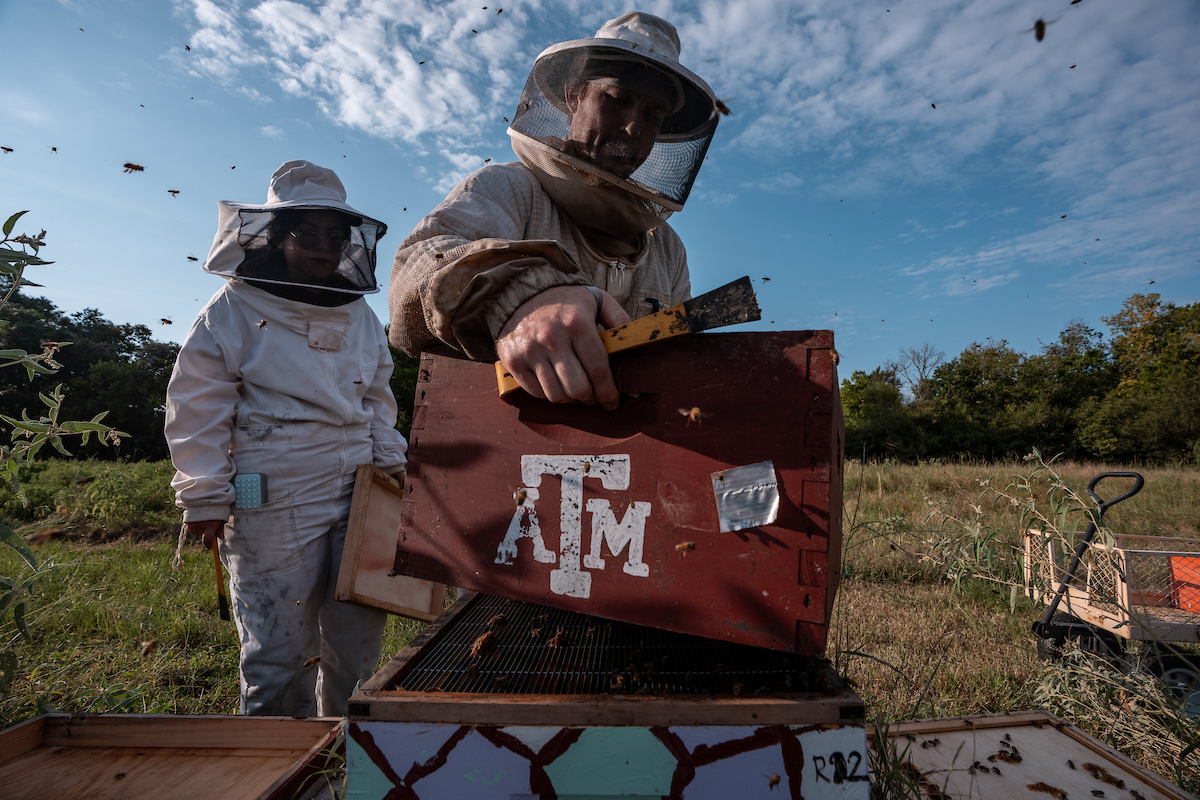What are those white mushrooms in my yard?
‘Fairy rings’ may look magical but are likely toxic
Circles of white mushrooms, or “fairy rings,” may add a whimsical touch to summer lawns. But beware — they’re probably poisonous.
Brian Shaw, Ph.D., professor and associate department head for academic affairs in the Texas A&M College of Agriculture and Life Sciences Department of Plant Pathology and Microbiology, said that if you have white mushrooms growing in your yard, they’re likely false parasols, or Chlorophyllum molybdites.
Experts say these toxic mushrooms are common in yards across North America from spring to fall, especially after rain.
Are false parasols dangerous?
False parasols are also known as the “vomiter” because they can cause extreme digestive problems if eaten. Although they haven’t caused any known deaths, their prevalence has made them one of the most consumed poisonous mushrooms in the U.S.
“People often mistake them for edible varieties like puffballs or button mushrooms,” Shaw said. “I occasionally get calls from doctors or veterinarians asking about these. They’re definitely something to avoid.”


Why do mushrooms suddenly appear?
False parasols are saprotrophs, which feed on decaying organic matter in the soil. Unlike other fungi that form mutually beneficial relationships with tree roots, saprotrophs are natural decomposers. They thrive in well-maintained lawns where they break down debris like dead leaves and grass clippings.
After heavy rain, the fungus rapidly grows mushrooms to release spores into the air. They appear in clusters, or the iconic fairy ring shape, because they’re connected underground. Each mushroom grows at the edge of an expanding fungal colony hidden in the soil.
These white mushrooms can seem to appear overnight because they mostly grow by expanding existing cells, not creating new ones. This rapid growth enables them to take advantage of the right temperature and moisture conditions.
Should you remove mushrooms from your lawn?
You can pick mushrooms, but it won’t stop them from coming back. That’s because mushrooms are just the fruiting part, with most of the organism living underground. And while fungicide might seem like a solution, using chemical treatments to kill the fungus will also likely harm other beneficial fungi in your soil.
Because of this, Shaw recommends leaving false parasol mushrooms alone unless children or pets show an interest in them.
“I’d just enjoy them as part of the landscape,” Shaw said. “I have plenty in my yard, and I choose to leave them as they are. It’s part of the beauty nature gives us.”
If you opt to remove the mushrooms, wash your hands afterward, especially before touching your eyes or face. Contact poison control if you suspect anyone in your family has consumed the mushrooms.
How to tell false parasols from edible lookalikes
One reason people often eat false parasols is they mistake them for other edible white mushrooms.
Shaw said the giveaway for false parasols is the gills on the underside of the mushroom caps. As the mushrooms mature, the gills turn a distinct green shade. This color is why they’re also sometimes referred to as the green-spored parasol or the green-gill parasol.
For anyone interested in gathering edible mushrooms, Shaw recommends consulting field guides or joining local amateur mycology societies for a safer foray into foraging.
“If people want mushrooms, the safest place to find them is the grocery store,” he said. “Your yard is probably the worst place to start learning mushroom identification.”

Curious about mushrooms?
Discover the fascinating world of mushrooms with the North American Mycological Association. Learn how to identify mushrooms, browse educational resources and find a club near you.





